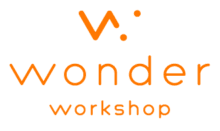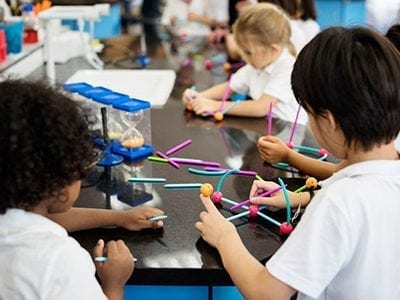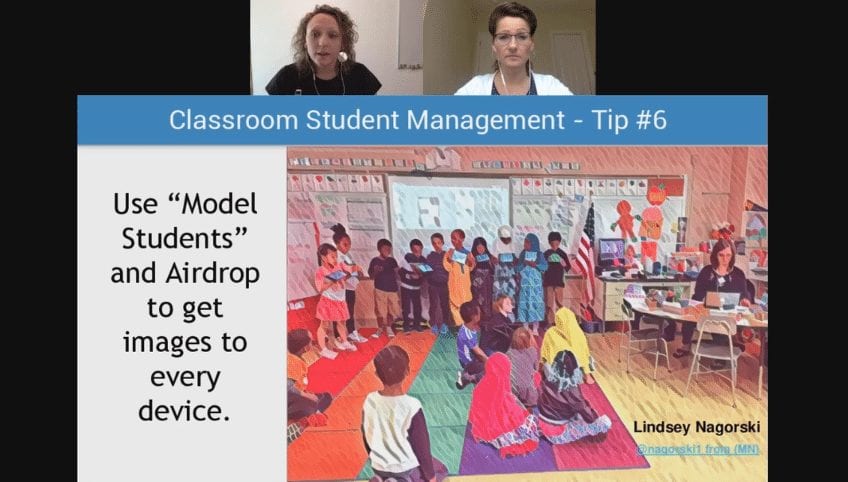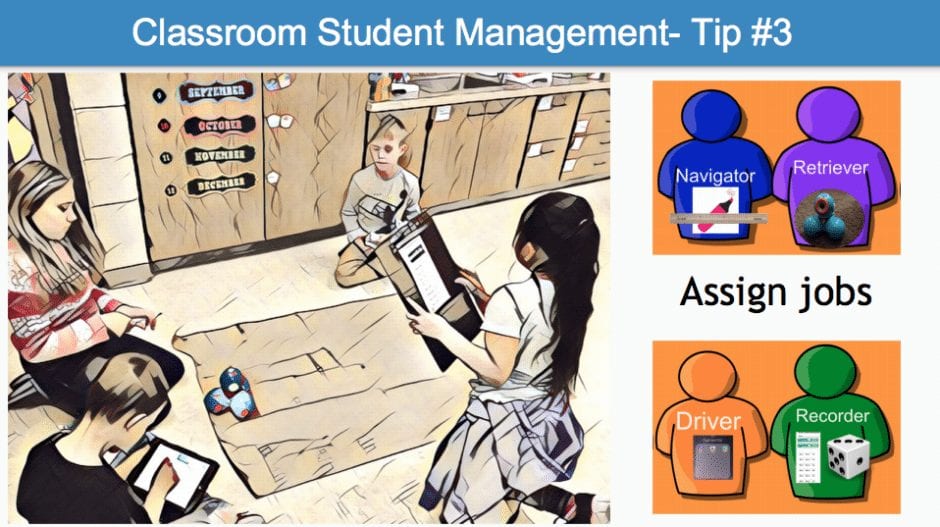Tips and Activities for Computational Thinking in the Classroom
Computational thinking provides an important foundation for learning computer science but can also inspire skills like the 4 Cs (collaboration, communication, creativity, and critical thinking) across other subjects. In a recent edWebinar, Naomi Harm, Strategic Outreach Education Manager at Wonder Workshop, and Angie Kalthoff, Technology Integration Specialist and Code.org Facilitator, presented classroom management tips for successful computational thinking activities and examples of activities to ignite those skills in students.
Rotation stations have a number of benefits for creating successful classroom activities that involve computational thinking. They inspire students to take ownership of their learning and provide them with choice and autonomy. They engage and motivate students to take agency in their own learning, ask questions, take leadership roles and build confidence. Rotation stations can also help educators differentiate groups of children to personalize learning and better meet their needs.
When in rotation stations, modeling the activity in whole groups first gives students the opportunity to ask any questions before beginning the exercise, leaving more time for station activities. Assigning jobs, especially for young students who may not have had much experience with collaboration and communication yet, helps students understand expectations and ultimately be successful in group work. Using direction cards for each station that contain the station’s purpose, directions, and learning goals can help the workflow remain clear.
Rotation station activities—some using no tech at all or others enriched by tech—help students dive deeper into concrete concepts of computer science. In an unplugged activity, students work on their speaking and listening skills by communicating to solve a problem. In one particular example, the students use toothpicks and marshmallows to build a foundation strong enough to support a pencil. Students can also physically engage with learning to code using different unplugged board games that explore the concepts of coding.
In a tech-enriched activity, students learn about text types and purposes, writing narratives in which they recount a sequence of events, providing details, thoughts, and feelings. Then, they use a coding program to make the story come to life and share it with the class. Students can bring code to their geometry lessons by classifying shapes, measuring, and sketching angles, and then working together to program robots to drive those lines and angles.
It’s important to include creative reflection practices for authentic assessment to check for understanding and to help students tell their stories. For example, providing students with vision books for creative reflections gives them the opportunity to think long term and focus on their goals. “Creative reflection really captures authentic learning for our students. The opportunity to not only have a choice and voice in their learning, not only can they share verbally, but also their creative written reflections,” said Naomi.
This broadcast was hosted by edWeb.net and sponsored by Wonder Workshop.
About the Presenters
Naomi Harm is a national edtech thought leader, influencer and Strategic Outreach Manager in Education for Wonder Workshop. She builds relationships with K-12 schools to successfully implement and strategize best practices with computer science initiatives. These initiatives are supported with hands-on learning activities that include coding, robotics and mentoring girls and young women with STEM learning experiences.
Angie Kalthoff is a former English Language (ELL) teacher and current Technology Integrationist for a large public school district in central Minnesota. She has a master’s degree in teaching and learning and is an advocate for Computer Science (CS) for All and is a Code.org facilitator.
Join the Community
Coding & Robotics K-8 is a free professional learning community that supports teachers, administrators, and all educators to help students explore coding and robotics and develop math, logic, critical thinking and problem solving skills, and challenges them to think creatively.






Comments are closed.